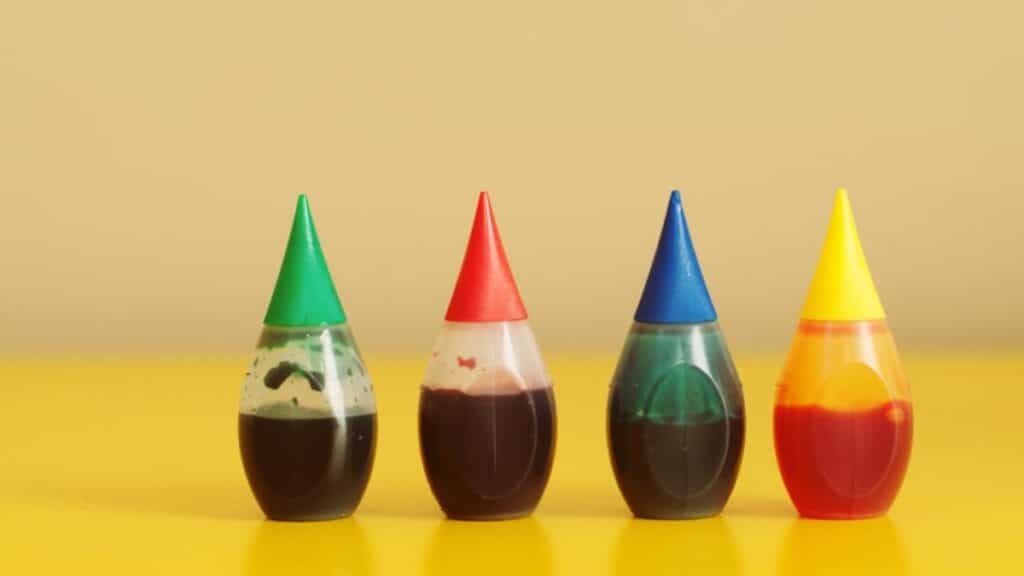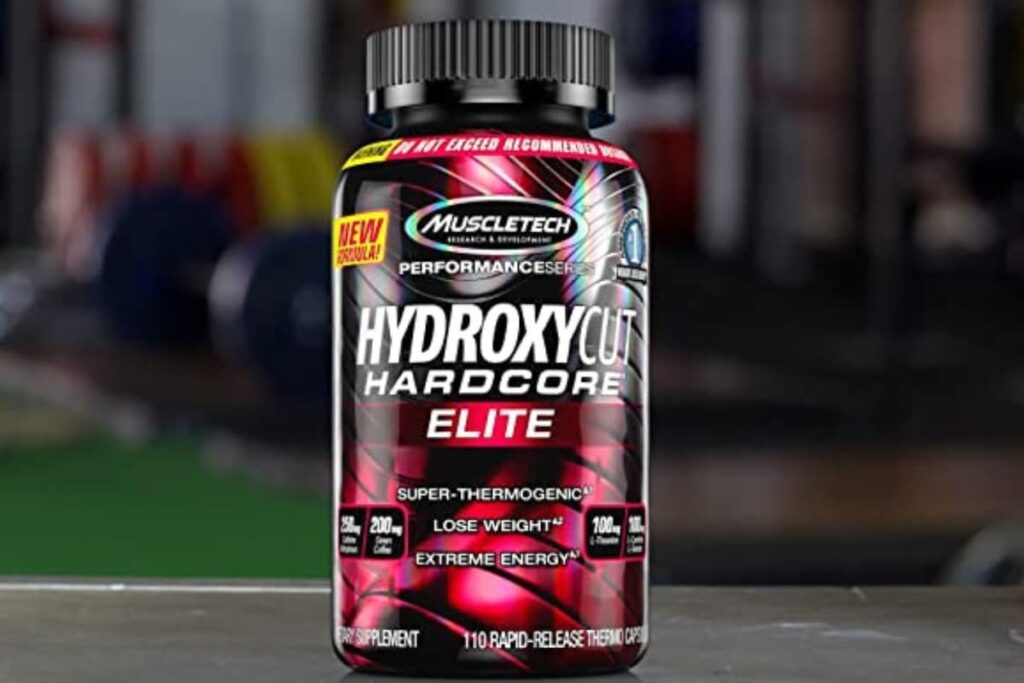In the colorful world of food additives, FD&C Red 40 holds a prominent place. As one of the most commonly used food dyes, it’s found in everything from candies to beverages. However, its widespread use has also sparked a mix of concern and curiosity about its safety and impact on health. This article delves into what FD&C Red 40 is, its applications, potential health concerns, and what current research says about this vibrant additive.
What is FD&C Red 40?
FD&C Red 40, also known as Allura Red AC, is a synthetic dye produced from petroleum. It’s one of the nine certified color additives approved by the Food and Drug Administration (FDA) for use in food and cosmetics in the United States. Its primary purpose is to enhance the color of processed foods, making them more appealing to consumers.
Applications of FD&C Red 40
Red 40 is extensively used in the food industry. It’s found in products like soft drinks, candies, cereals, snacks, and even some pharmaceuticals. Beyond edibles, it’s also used in cosmetics and personal care products to impart color.
Safety and Regulations
The FDA regulates the use of food dyes, including Red 40. It has set acceptable daily intake (ADI) limits based on numerous studies. The ADI for Red 40 is currently set at 7 mg per kg of body weight per day. This limit is based on the principle that the dose makes the poison—a fundamental concept in toxicology suggesting that substances can only cause harm in excessive amounts.
Health Concerns and Research
The debate around Red 40 centers on its potential health effects. Some studies have suggested a link between synthetic food dyes and hyperactivity in children, leading to growing concerns among parents and health professionals. In response, the European Union requires foods containing Red 40 to carry a warning label. However, the FDA maintains that there is no conclusive evidence linking food dyes to hyperactivity or other behavioral problems in children.
Moreover, there have been rare cases of allergic reactions to Red 40, though these are not common. Some studies have also explored a possible connection between Red 40 and cancer, but the evidence is not strong enough to draw definitive conclusions. Most research indicates that Red 40 is not a significant carcinogenic risk to humans at the levels typically consumed in diets.
Conclusion
FD&C Red 40 is a widely used food dye regulated for safety by the FDA. While some concerns exist regarding its impact on health, particularly in relation to hyperactivity in children, current evidence does not conclusively support these claims. As with any food additive, moderation is key. Consumers should be aware of the presence of Red 40 in their food products, but also understand that it meets the regulatory standards set for food safety.
To stay informed about the latest research and regulations concerning food additives like FD&C Red 40, visiting reputable health and nutrition websites and consulting with healthcare professionals is always advisable.





Its like you read my mind You appear to know so much about this like you wrote the book in it or something I think that you can do with a few pics to drive the message home a little bit but instead of that this is excellent blog A fantastic read Ill certainly be back
Usually I do not read article on blogs, however I would like to say that this write-up very compelled me to take a look at and do it! Your writing style has been amazed me. Thank you, very nice article.
I was recommended this website by my cousin I am not sure whether this post is written by him as nobody else know such detailed about my difficulty You are wonderful Thanks